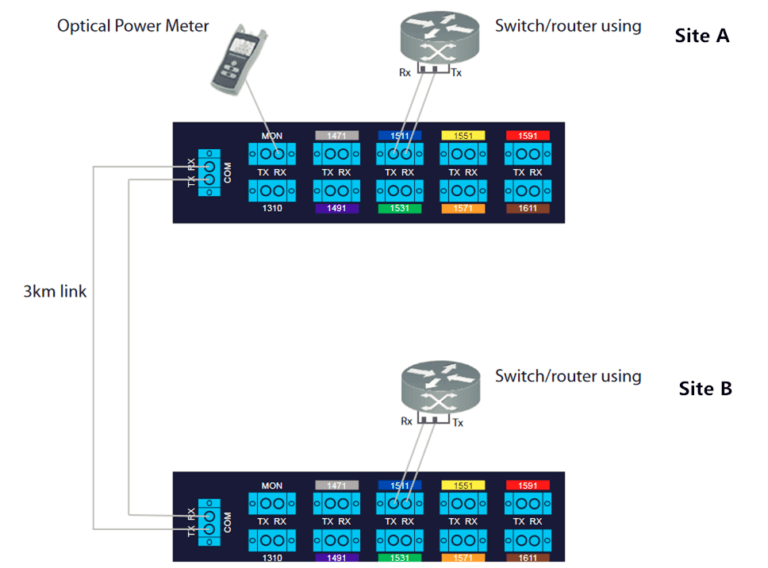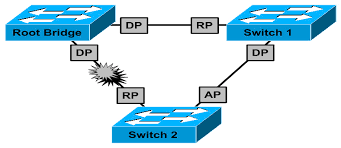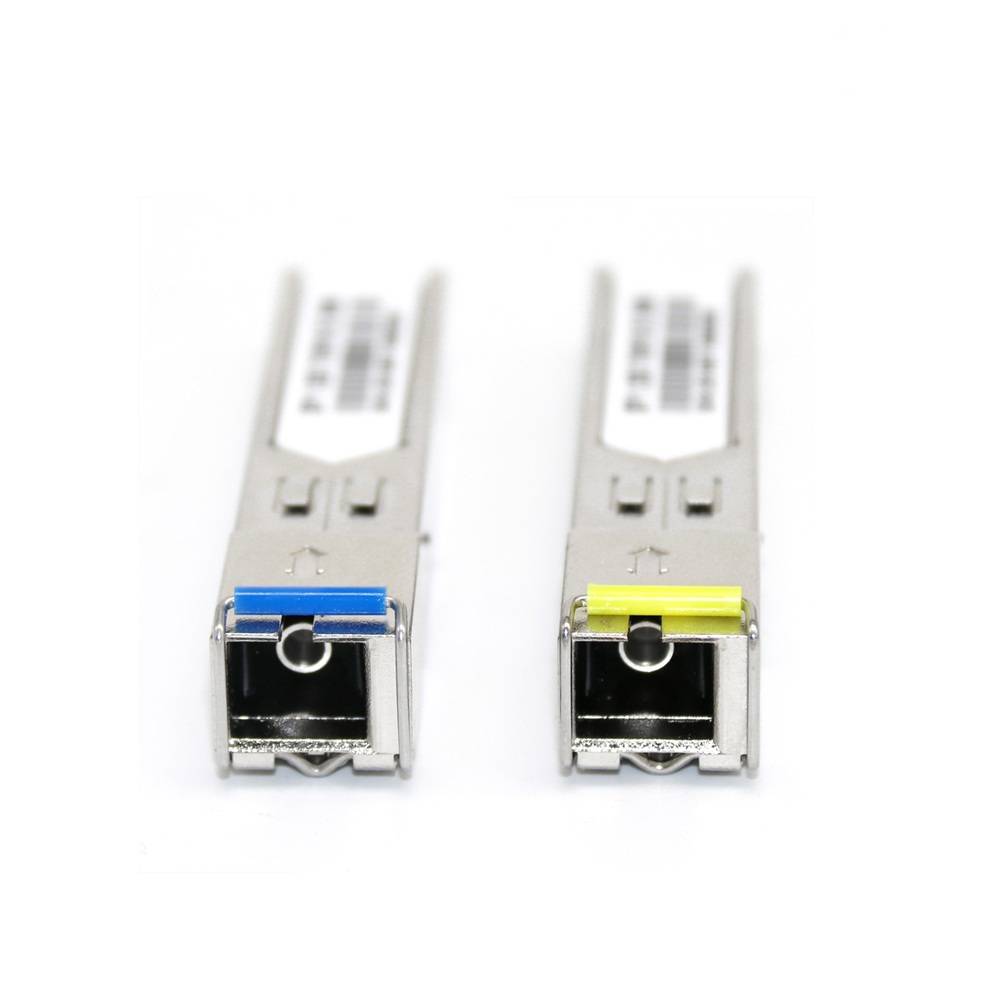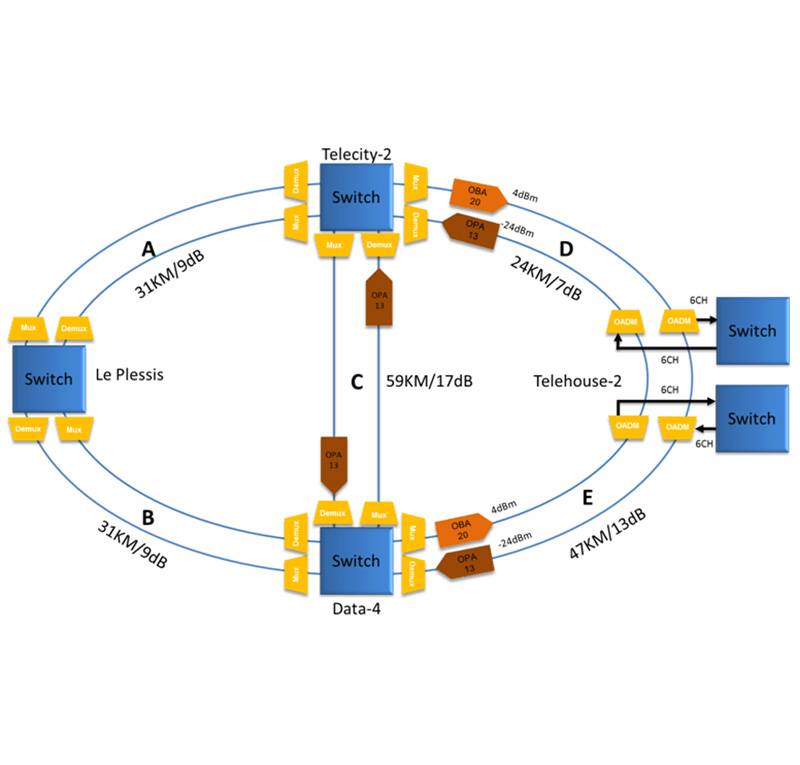What is DWDM MUX / DEMUX and what is its application?
Wavelength division multiplexing (WDM) is a common technology used in optical communications. It combines multiple wavelengths to transmit signals over a single fiber. To realize this process, the main part of CWDM and DWDM are mux/demux. As we all know, there are several different ports in WDM mux and demux. In this article, clear explanations will be given about these ports and their applications in WDM network.
Overview of different ports in WDM MUX/DEMUX
Line in or line out port
The Line port, which is sometimes called the common port, is one of the must-have ports in CWDM and DWDM Mux/Demux. External fibers are connected to the Mux/Demux unit through this port and are often marked as Tx and Rx.
Input or output channel port
Like inlet port, channel ports are also another essential ports. They transmit and receive signals on specific WDM wavelengths. CWDM Mux/Demux supports 18 channels from 1270nm to 1610nm with 20nm channel spacing. While DWDM Mux/Demux uses wavelengths from 1470nm to 1625nm, which usually has a channel spacing of 0.8nm (100GHz) or 0.4nm (50GHz). Services or systems can be added to the Mux/Demux unit in any order.
Monitor port
The monitor port on CWDM and DWDM Mux/Demux provides a way to test the dB level of a signal without interrupting service, allowing users to monitor and troubleshoot networks.
Development port
The expansion port in WDM Mux/Demux is used to add or extend more wavelengths or channels to the network. Using this port, network administrators can easily increase network capacity by connecting the expansion port with another linear Mux/Demux port that supports different wavelengths. However, not every WDM Mux/Demux has an expansion port.
1310nm and 1550nm ports
1310nm and 1550nm are one of the wavelengths of WDM. Many optical transceivers (sfp), especially CWDM and DWDM SFP / SFP+ transceivers, support these two wavelengths for long-distance transmission. By connecting with optical receivers of the same wavelength, these two ports can be used to add 1310nm or 1550nm wavelength to existing WDM networks.
Applications of different ports in WDM MUX / DEMUX
Although there are several different ports in WDM Mux/Demux, all ports can be used at the same time or only some can be used as needed. Here are some examples of these active ports on different connections.
This example is a typical point-to-point network where two switches/routers are connected by CWDM wavelength 1511nm. The CWDM Mux/Demux used has a monitor port and a 1310nm port, but 1310nm is not used. In addition, an optical power meter is used to monitor the power or loss of the fibers connecting site A and B.
Second example: 500Gbps transmission in the existing fiber network with 1310nm port
In this example, two 40-channel systecs with a monitor port and a 1310nm port are used to achieve a total of 500Gbps. How to get this bandwidth? First, connect a 1310nm 40G or 100G optical fiber transceiver to the terminal equipment, then use a patch cable to connect it to the existing DWDM network through the 1310nm port on the DWDM Mux/Demux. Since the 1310nm port is combined with a 40-channel DWDM Mux, this setup allows for a maximum of 40x10Gbps plus 100Gbpx transmission over a single fiber pair, totaling 500Gbps. If using the 1550nm port, the transmitter and receiver must be available with 1550nm wavelength on Max-Dmax.
















